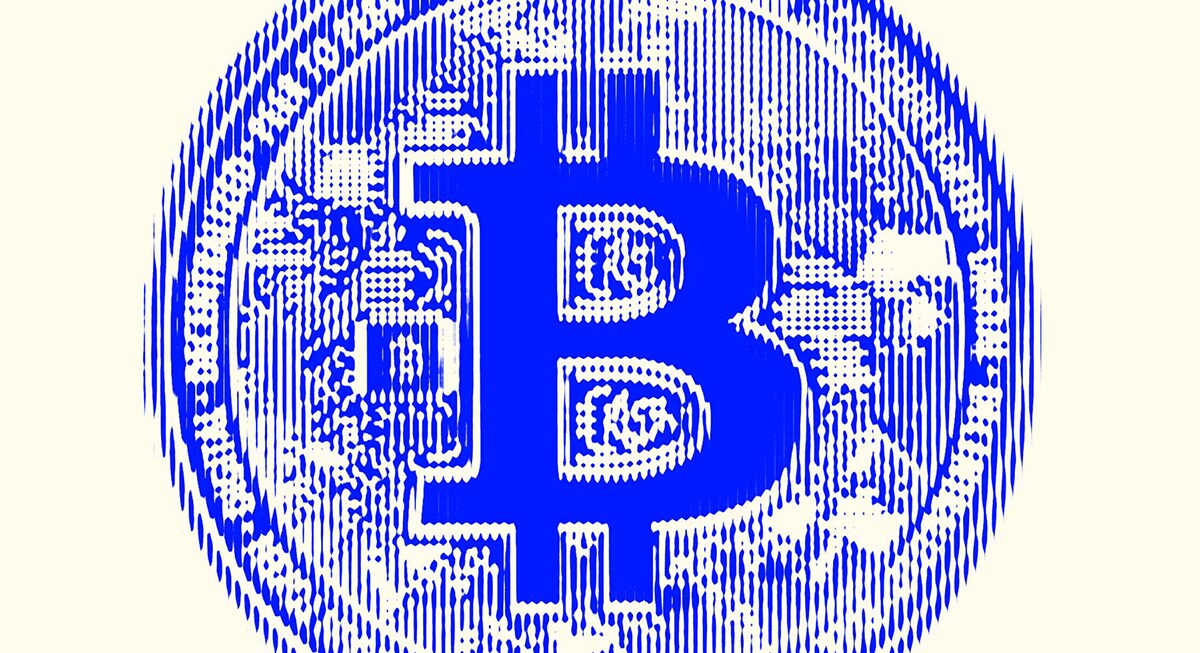Insights
Why digital tokenization is a priority for the ETF industry

Disruption can bring uncertainty, but it also brings exciting opportunity. With new technology comes a world of possibility for how it’s applied. With digital tokenization, we’re seeing that “net casting” in action — with new use cases emerging every day. We’re diving into how you turn possibilities into realities and bring digital tokenization into the ETF industry.
July 2023
Jay Biancamano
Head of Tokenization, State Street Digital®
Frank Koudelka
Global head of ETF Solutions, State Street
Jeff Sardinha
Head of ETF Solutions for Americas, State Street
We're not interested in innovation for innovation's sake. New technologies need to build on traditional methods, while solving for new challenges.
Think about how you listen to music. For a moment, CDs were king, MP3s were catching on — it seemed like the perfect moment for the minidisc. Despite being a better product than CDs, they didn’t take off. People didn’t want a better CD, they wanted something completely new. Enter streaming.
This broad transformation was only possible because it was a genuine improvement — cheaper, more accessible, and same, if not better, quality — and because people were open to changing a habit they already had.
For digital tokenization of financial assets, we’re still in the testing phase. We’ve yet to uncover a truly implementable, innovative method to engage blockchain in a standard way, but we are in a space to point to likely scenarios for how this technology is applied across financial services.
The case for tokenized ETFs
We‘ve surpassed the very early days of tokenized ETFs and are starting to see their use in action, with some hedge funds, mutual funds and ETF managers moving closer to actually trading tokenized versions of shares in their funds on blockchain (there are still challenges to making this possible for institutions and other investors).1
Case 1: Speed and efficiency
There’s a particular benefit to trading on the blockchain — especially for ETFs. Faster settlement, seamless flow and efficiency stand to improve the trading experience. Nitin Gaur, Global Head of Digital Asset & Technology Design at State Street, added his take on the topic:
“The speed and efficiency of trading on the blockchain… could create applications for tokenization in already liquid listed shares or units. In particular, ETFs stand to benefit… creating a new way for new participants to issue, hold, trade and service assets. The benefits of blockchain technology will allow for immediate settlement [and] seamless flow between asset classes via ETFs.”2
Let’s look at the details:
- Immediate (atomic) settlement reduces counter party risk and creates more liquidity and the ability to use collateral across different time zones. Assets can also be traded, settled and used as a collateral immediately
- For asset managers, faster settlements mean quicker asset turnover, which is possible when underlying assets and ETF shares are both tokenized. This could help financial institutions move from the current T+2 standard to a near real-time settlement and potentially 24/7 trading
- Access to multi-asset trading via a single venue, where tokens represent disparate underlying asset classes but can be traded for one another reduces the need for intermediate cash
- Automated reconciliation in securities trading and transfer agency mean decreased costs
- Lower costs for issuers with access to a broader investment base and ultimately, lower costs and greater opportunities for investors
Case 2: Clarity and transparency
With a more defined, automated process comes clarity around parameters, expectations; and management. This offers some key benefits for investment institutions, including the below.
Let’s look at the details:
- Smart contracts that are triggered by predefined parameters instantaneously validate compliance with any regulations or internal restrictions
- The option to fractionalize shares, as well as the capability to break out interest payments, dividend streams and voting rights into separate assets
- Improved ability to manage multi asset-liability risk through accelerated transactions and improved transparency
Case 3: Easier distribution
One of the biggest benefits of blockchain? Broader reach. Public blockchains are global and more investors have access to these assets — proving great possibility for access and returns.
Let’s look at the details:
- Broader reach with global public blockchains that present no tangible barriers to investors
- With fractionalization possible, there’s an option to open mass retail access to real-world assets, especially in markets that offer higher returns like Private Equity
Each of these benefits paint a positive picture of where we can go with tokenized ETFs, but there are still some barriers to break. Despite that, we’re seeing growth, with ETFs accounting for 70 percent of 2022 fund launches in the US (up from 42 percent in 2017). Europe has a smaller proportion, but it’s growing rapidly—with the proportion of total launches nearly double five years earlier. There’s room and interest in these new digital financial solutions, and ETFs are looking to be an appealing option.
Challenges to ETF tokenization
To surpass the fad status and truly become a mainstream vehicle, there are some roadblocks that we’ll need to overcome.
Challenge 1: Regulation needs to advance with the technology
Many jurisdictions with sophisticated, advanced and large investment industries (including the US) don’t allow ETFs or other funds to hold tokenized assets. Changing this regulation is necessary to make progress within major markets.
Challenge 2: How ETF shares listed
These shares need to be traded on exchanges that are interoperable. Considering the various blockchains, potentially public and private, that are being used by the providers and investors who are trading, there needs to be a connection. Some institutions are already ahead of exchanges and investing in the necessary infrastructure to make this possible.
Challenge 3: The liquidity challenge
There’s a mismatch between the liquidity of an ETF’s shares and the underlying assets they represent. If tokenization and atomic settlement increased the shares’ liquidity, this would be an even bigger complication, with potentially problematic consequences, especially if there’s market downturn and distressed selling.
Challenge 4: Overarching operational and risk concerns
Tokenized markets operate 24/7 every day of the year. ETFs are also still traded on local geographic exchanges with traditional opens and closes. A tokenized ETF would benefit from being global and accessible, but management of the underlying assets would still be a barrier, especially if they’re traditional underlying assets.
The momentum is there
Managers are prioritizing ETFs as they think about tokenizing their funds or their funds’ underlying assets. We expect to see even more pilot programs in this area, but strongly believe that tokenization has more potential than most to move beyond the pilot phase and into the mainstream.
Exec Summary:
In the age of disruption, we’re used to seeing fad technology come and go — only the truly useful innovations remain. In finance, we’re seeing an exciting application of tokenization to ETFs and have high hopes for the future of this new technology. There are several key benefits to this tech, including a more streamlined, faster process that works almost instantaneously, better clarity and transparency around asset trades, and broader distribution. But with every new development come challenges from the status quo. Regulation needs to advance with the technology, there need to be interoperable listings, liquidity of shares versus assets needs to be determined, and the 24/7 blockchain operation needs to align more closely with the opening and closing of markets. Despite these concerns, there’s a strong possibility that tokenized ETFs will become part of the mainstream and an essential financial tool.




